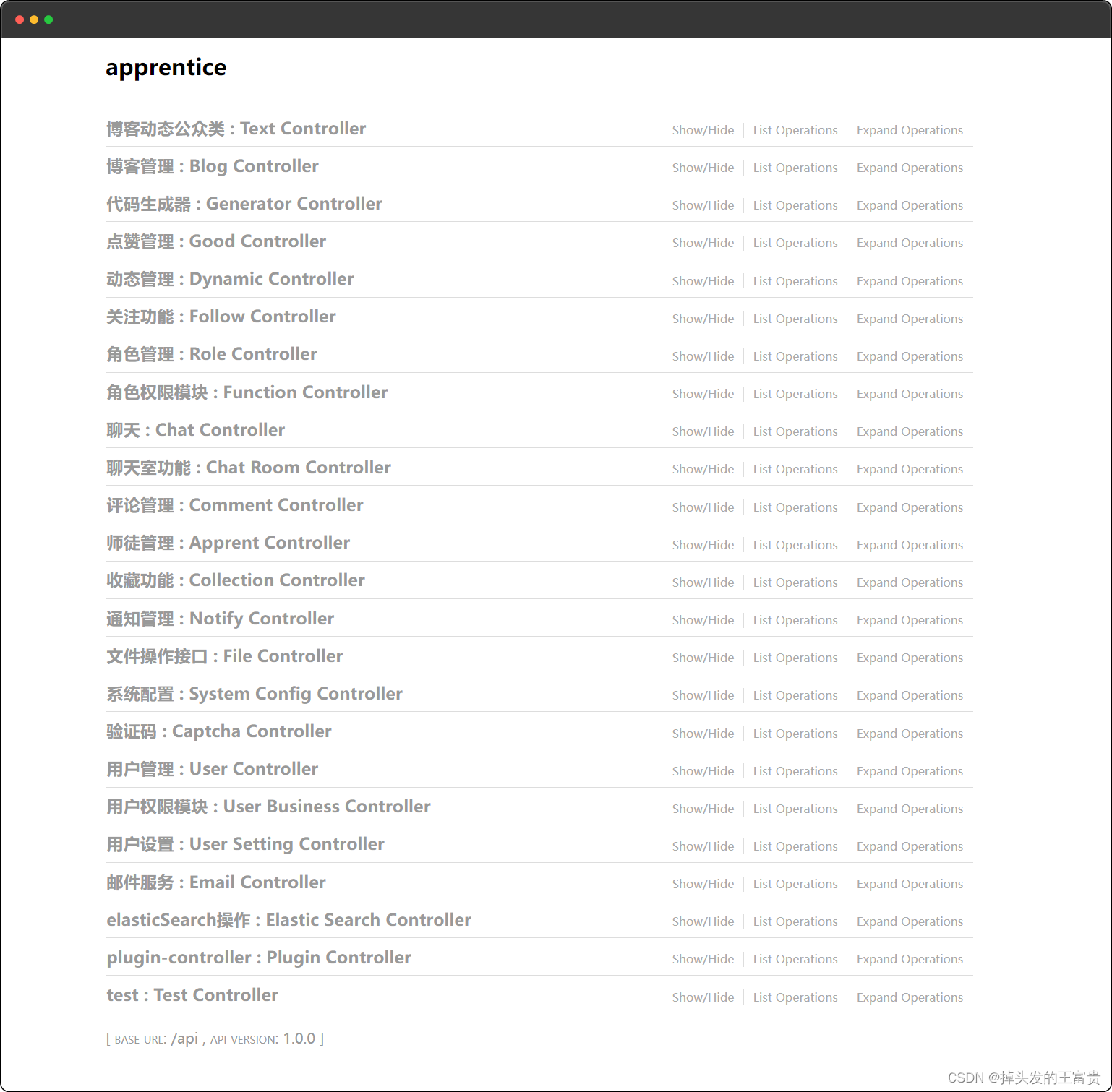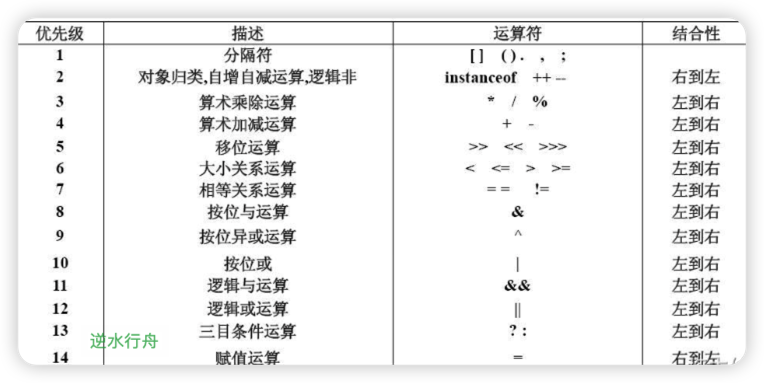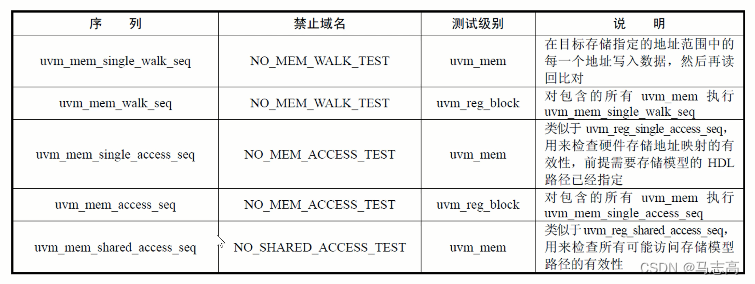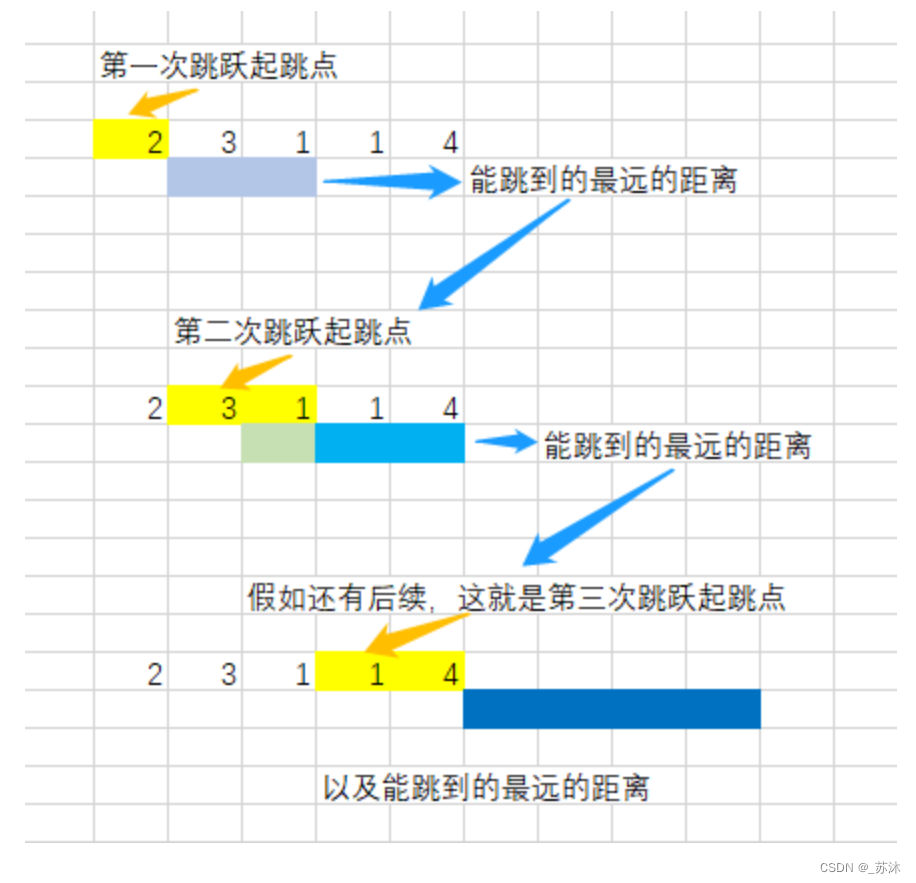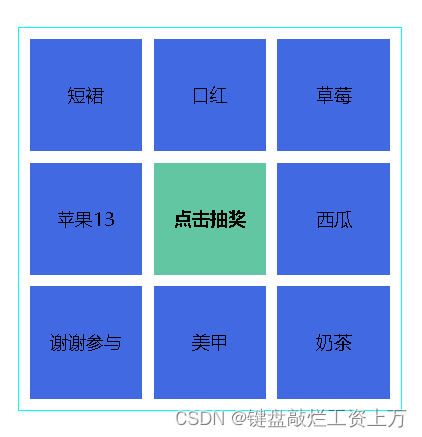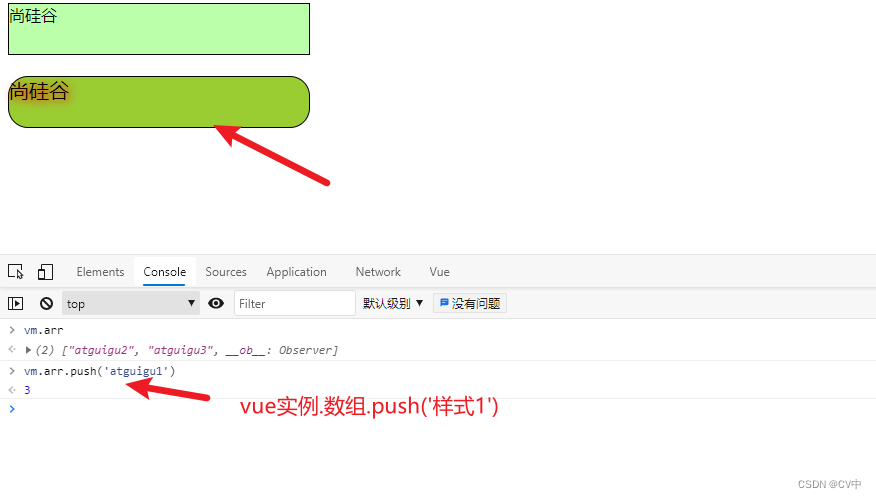一、介绍
1. 原理
Java基于Http请求操作ES,与Kibana上的操作一致。
Kibana上的dsl与Http的关系:
- GET、POST等同于HTTP的POST
- PUT 等同于HTTP的PUT
- DELETE 等同于HTTP的DELETE
如图

该DSL可转化为HTTP请求
POST ip:port/docwrite/_search
请求体为:
{
"query": {
"match": {
"attachment.content": "Seata"
}
}
}
2. 对比
已有客户端的缺点:
- 客户端繁多,语法不一,学习成本高。写完DSL语句后需要根据语法进行转换
- 客户端版本一致性要求高,同一客户端版本变更后类变化大
- 部分接口高版本不支持。比如DSL可以使用ingest抽取数据,但是7.20以后的Java客户端不支持
HTTP客户端的优点:
- DSL即代码,写完DSL后可以放到json文件中直接调用,直观
- DSL可以实现的,HTTP客户端就可以实现,不受已有客户端版本的影响
- 无学习成本,返回数据处理灵活
二、使用
// 读取Resource/elasticsearch/QueryArea.json的json数据,即DSL的请求体
JsonNode jsonNode = JsonFileUtils.readFileToJson("/elasticsearch/QueryArea.json");
// 执行查询语句。result与Kibana的DSL查询结果一致
JsonNode result = elasticsearchRequestUtils.post("/" + indexName + "/_search", jsonNode);
三、源码
Json文件的读取依赖该工具类
- 添加配置文件
elasticsearch:
host:
port: 9200
username:
password:
connTimeout: 3000
socketTimeout: 5000
connectionRequestTimeout: 500
- 配置文件实体类
@Data
public class EsConfig {
protected String host;
protected int port;
protected int connTimeout;
protected int socketTimeout;
protected int connectionRequestTimeout;
protected String username;
protected String password;
}
- 请求工具类
package com.dreambyday.http;
import org.springframework.http.HttpEntity;
import org.springframework.http.HttpHeaders;
import org.springframework.http.MediaType;
import org.springframework.http.ResponseEntity;
import org.springframework.web.client.RestTemplate;
import com.fasterxml.jackson.core.JsonProcessingException;
import com.fasterxml.jackson.databind.JsonNode;
import com.fasterxml.jackson.databind.ObjectMapper;
/**
* <p> Description:ElasticsearchRequestUtils</p>
* <p> CreationTime: 2022/10/27 21:09
*
* @author dreambyday
* @since 1.0
*/
public class ElasticsearchRequestUtils {
private final RestTemplate restTemplate;
private final String prefix;
private static final ObjectMapper OBJECT_MAPPER = new ObjectMapper();
private final EsConfig esConfig;
public ElasticsearchRequestUtils(EsConfig esConfig) {
prefix = "http://" + esConfig.getHost() + ":" + esConfig.getPort();
this.esConfig = esConfig;
restTemplate = new RestTemplate();
}
/**
*
* @param uri uri
* @param jsonNode 请求体
* @param <T> com.fasterxml.jackson.databind.JsonNode;com.fasterxml.jackson.core.type.TypeReference<Map<String, Object>>
* @return 响应body
*/
public <T>JsonNode post(String uri, T jsonNode) throws JsonProcessingException {
HttpHeaders headers = new HttpHeaders();
headers.setContentType(MediaType.APPLICATION_JSON);
headers.setBasicAuth(esConfig.getUsername(), esConfig.getPassword());
HttpEntity<T> request = new HttpEntity<>(jsonNode, headers);
ResponseEntity<String> response = restTemplate.postForEntity(prefix + uri, request, String.class);
String body = response.getBody();
return OBJECT_MAPPER.readTree(body);
}
public <T>void delete(String uri) throws JsonProcessingException {
restTemplate.delete(prefix + uri);
}
/**
*
* @param uri uri
* @param jsonNode 请求体
* @param <T> com.fasterxml.jackson.databind.JsonNode;com.fasterxml.jackson.core.type.TypeReference<Map<String, Object>>
*/
public <T>void put(String uri, T jsonNode) throws JsonProcessingException {
HttpHeaders headers = new HttpHeaders();
headers.setBasicAuth(esConfig.getUsername(), esConfig.getPassword());
headers.setContentType(MediaType.APPLICATION_JSON);
HttpEntity<T> request = new HttpEntity<>(jsonNode, headers);
restTemplate.put(prefix + uri, request);
}
public JsonNode get(String uri){
ResponseEntity<JsonNode> response = restTemplate.getForEntity(prefix + uri, JsonNode.class);
return response.getBody();
}
}
- 配置类
@Configuration
public class ElasticsearchRequestConfiguration {
@Bean
@ConfigurationProperties(prefix = "elasticsearch")
public EsConfig esConfig() {
return new EsConfig();
}
@Bean
ElasticsearchRequestUtils elasticsearchRequestUtils() {
return new ElasticsearchRequestUtils(esConfig());
}
}




